Distinguishing between male and female guppies can be quite the puzzle for new owners. If you’re peeking into your aquarium, trying to spot the differences or perhaps planning to breed your colorful swimmers, knowing who’s who is essential.
It turns out these little fish hold some pretty clear clues to their gender right in their fins and color patterns!
Did you know that male guppies are like peacocks of the fish world? They flaunt brighter colors and fancier tails than their female counterparts—nature’s way of saying “look at me!” But it’s not just about looks; other physical features help us tell them apart too.
In this article, we’ll dive into the key differences – from fin shapes to body sizes – so you can become a pro at identifying whether you’ve got boys or girls gliding through your tank.
Key Takeaways
- Look at the size and shape: Female guppies are bigger and rounder, while male guppies have thinner, longer bodies.
- Check the colors: Males are very colorful with bright reds, blues, and greens. Females have more subtle colors like pale grays.
- Find the gravid spot: Only female guppies have this dark mark by their tails which gets darker when they’re carrying babies.
- Observe the fins: Male guppy fish have larger dorsal fins that flow as they swim, but females do not. The males’ caudal fin is also wider and brighter than that of a female.
- Analyze the anal fin: On male guppies, it’s called a gonopodium and looks different from females’ anal fins. It changes as they grow older.
Key Differences: Male vs Female Guppies
Male and female guppies can be distinguished by their size, shape, and color. Males are generally smaller, more colorful, and have a distinct anal fin called a gonopodium, while females tend to be larger with a gravid spot on their abdomen.
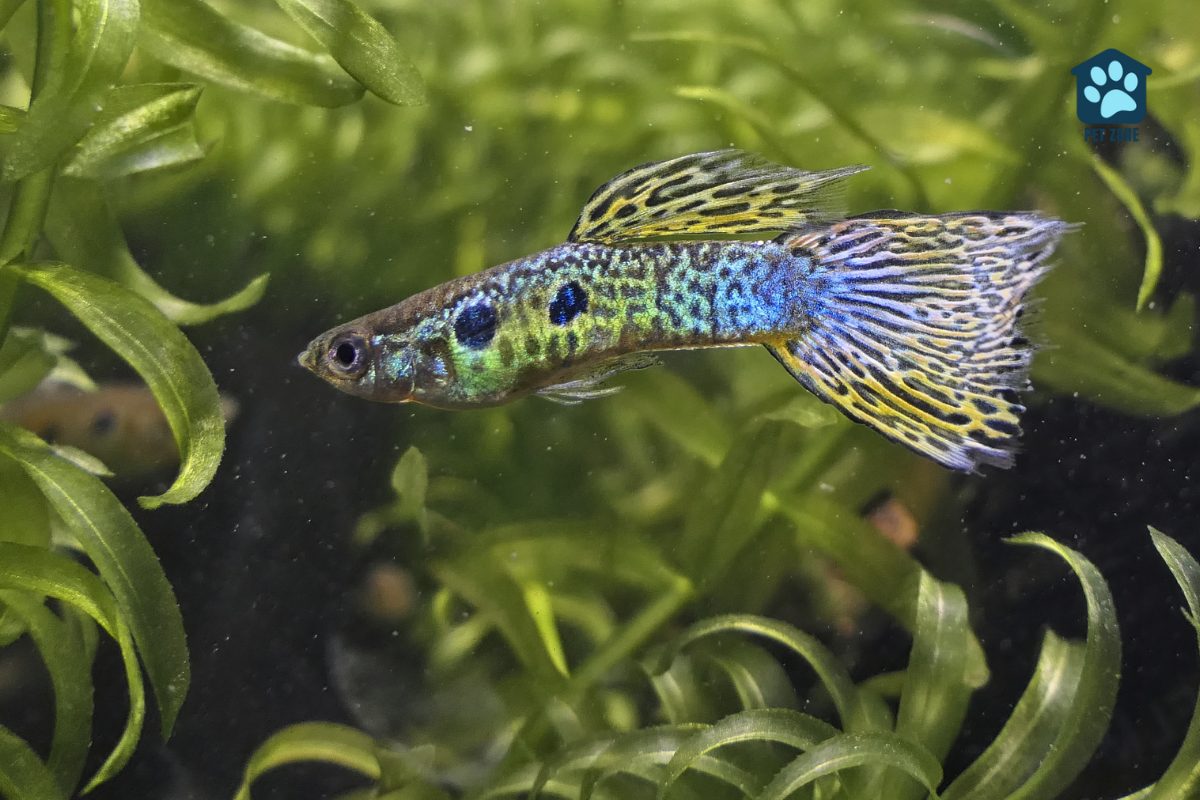
Size and Shape
Guppy fish come in different sizes and shapes, which can help you tell if they are male or female. Female guppies tend to be rounder and bigger than their male counterparts. This is because the females need extra room inside their bodies to carry babies.
On the other hand, male guppies have thinner bodies that are long and slender. If you look closely at your pet guppies, you’ll see these differences quite clearly! This body shape difference is one of the easiest ways to know if a guppy is a boy or a girl without getting too technical.
Color
Male guppies grab your attention with their bright, showy colors. Reds, blues, greens—you’ll see males flashing these vibrant hues as they swim around. They’re not just for show; the flashy colors actually help male guppies find a mate.
Female guppies prefer guys with brighter scales—it signals that the male is a good catch.
Females are different; they have more subtle coloring. Think of pale grays and softer shades rather than bold patterns. This isn’t by chance—less color means they stay safer from predators while carrying baby guppies inside them.
Gravid Spot
The gravid spot is like a secret code that tells you if your female guppy might have babies soon. Only girl guppies have this dark mark on their bellies, close to where the tail starts.
It’s not just any dark spot – it’s where tiny baby fish, called fry, start growing inside her. As more time passes and baby guppies get ready to come out into the world, this area gets darker and bigger. This special sign helps you guess how far along she is in her pregnancy.
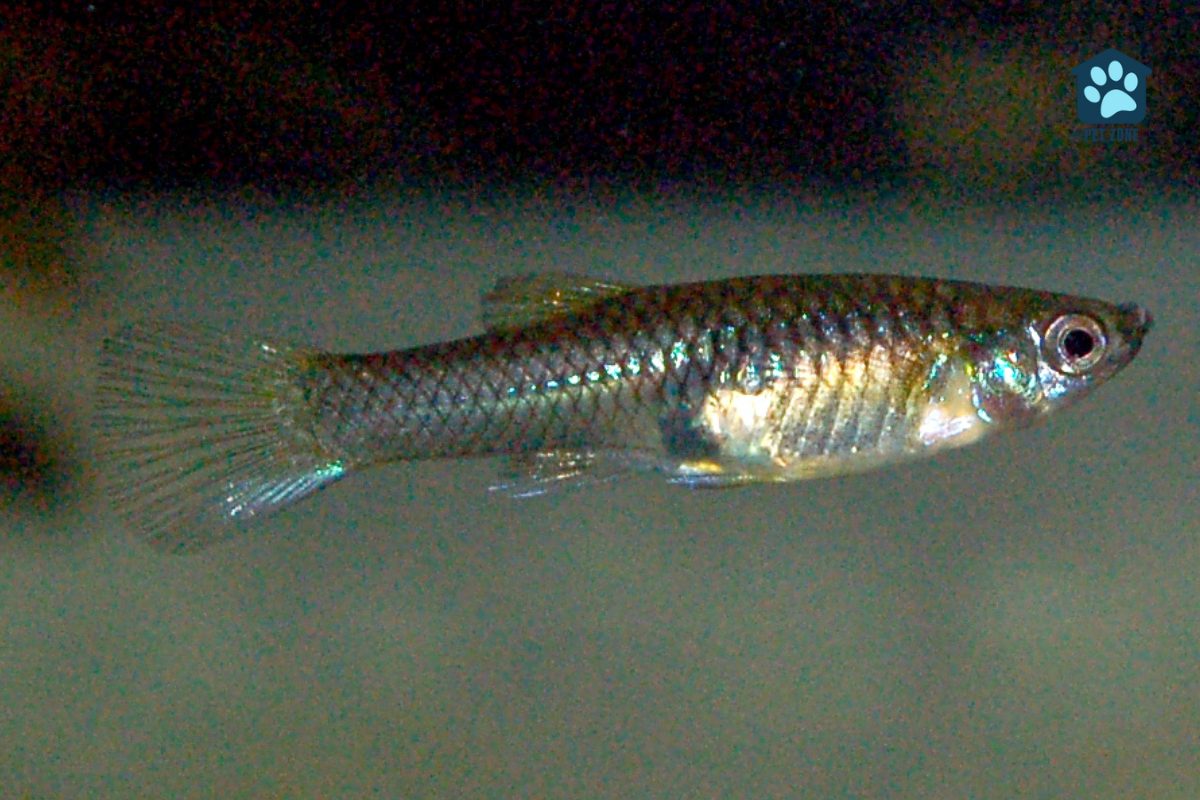
Dorsal Fin
Now let’s talk about the dorsal fin. It’s a key feature to differentiate between male and female guppies. Male guppies have a larger dorsal fin compared to females. The males’ dorsal fin flows or trails gracefully as they swim, while the female’s dorsal fin does not behave in the same way.
Male guppies also have ornamental caudal and dorsal fins, which are smaller than those of females.
Caudal Fin
The male guppy’s caudal fin (their tail fin) is wide, long, and often very colorful. It flows gracefully behind them as they swim around in the tank.
On the other hand, female guppies have a slightly shorter tail compared to males. Their caudal fin is not as brightly colored or flowing as that of the male guppies. So, when you observe your guppies closely, pay attention to the shape and colors of their tails – it’s one of the key ways to tell males from females.
Anal Fin
The anal fin is a crucial feature for telling male and female guppies apart. In males, the anal fin is different from that of females. The male’s anal fin is a modified tubular structure called the gonopodium, located near the ventral fin.
This unique shape sets it apart from the female’s anal fin. Although both male and female guppy fry have similar-looking anal fins at first, they start to develop differences as they grow older.
The shape of an anal fin can help you differentiate male from female – males have long and pointed fins while females sport a triangular shape which can be helpful during breeding times.
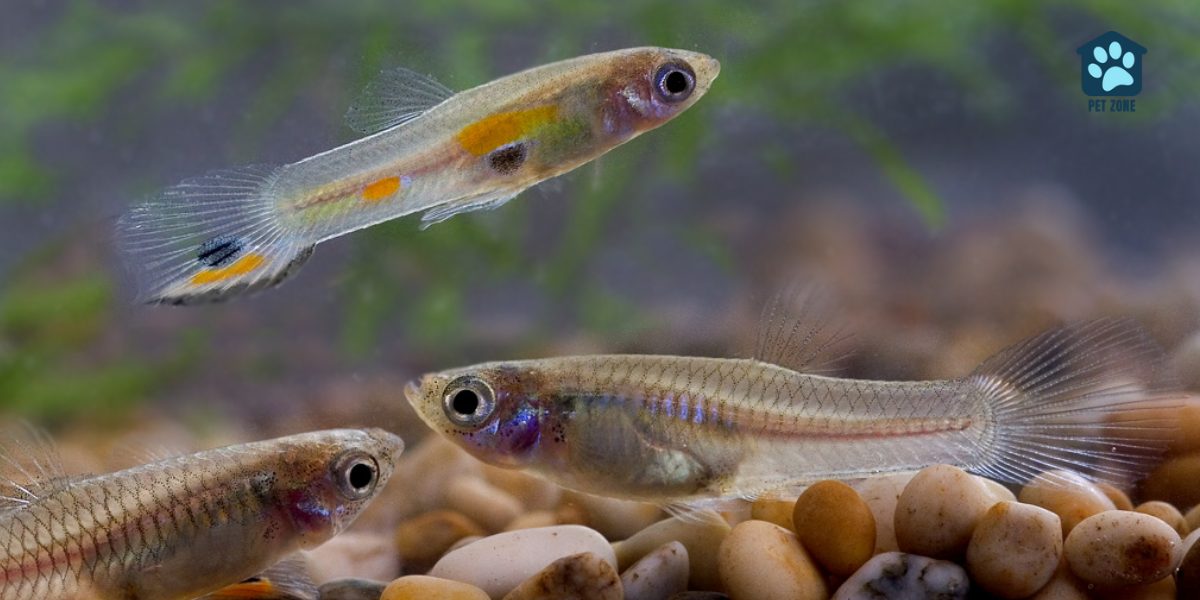
Conclusion
In conclusion, identifying the sex of guppies is essential for a balanced aquarium. By observing their size and shape, color, gravid spot, and fins closely, you can confidently differentiate between male or female guppies.
These practical methods are simple to implement and highly efficient. Understanding the importance of this topic will lead to a thriving community of guppies in your aquarium. Keep exploring these fascinating creatures for an enriching pet ownership experience!
Frequently Asked Questions
Males are much more colorful than female guppy fish, with bright colors and patterns to attract mates. Female guppies are almost always less flashy but may have different body shapes.
It can be impossible to tell the sex of guppy fry early on, but by about four weeks of age, males begin to show vibrant colors, and the females might start developing a gravid spot.
A gravid spot is a dark mark located near the rear of a female’s belly; it gets darker as she’s ready to give birth. This sign helps you know what to look for in female fish while keeping them in your aquarium.
Absolutely! Male fancy guppies often chase after females using their colorful tails, and they try to transfer sperm into the swimming path of females with specific movements only seen in males versus female interactions.
Different species like betta fish may not follow these same rules; each kind has unique ways that could help you identify which gender they are just by observing them closely within your tank community!
As an Amazon Associate I earn from qualifying purchases.



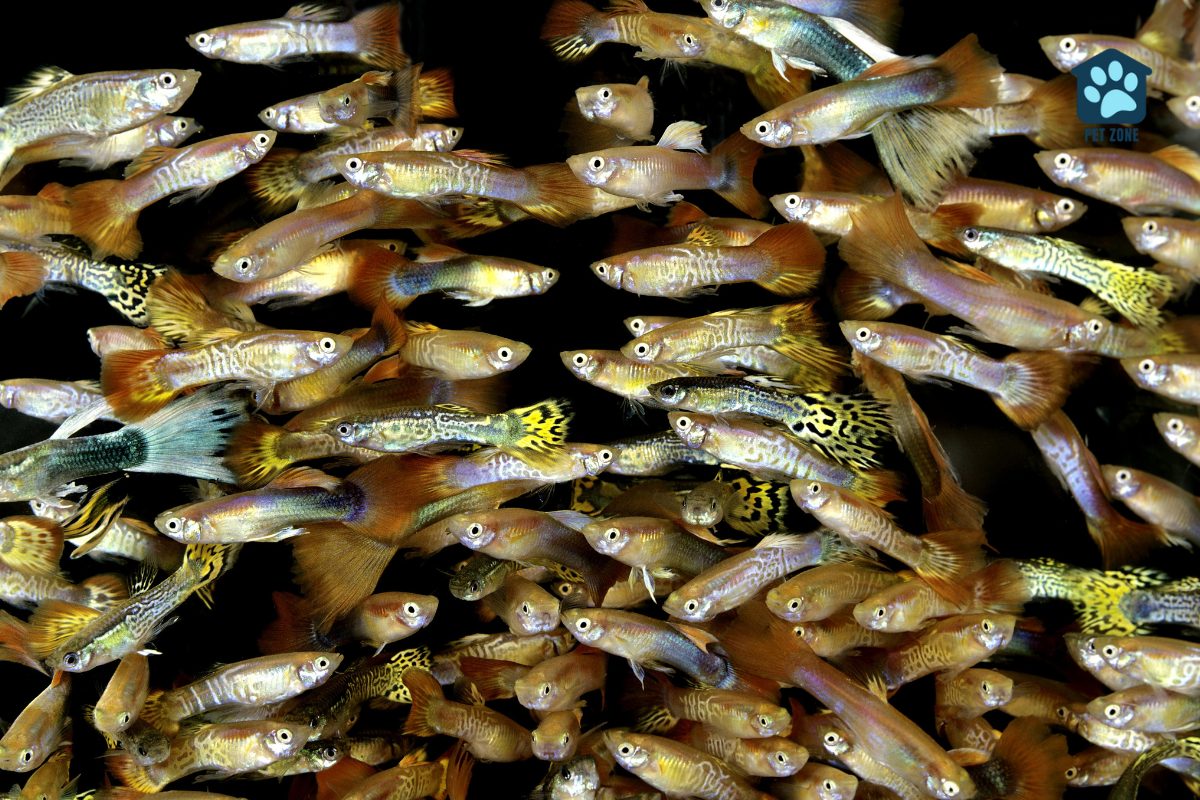
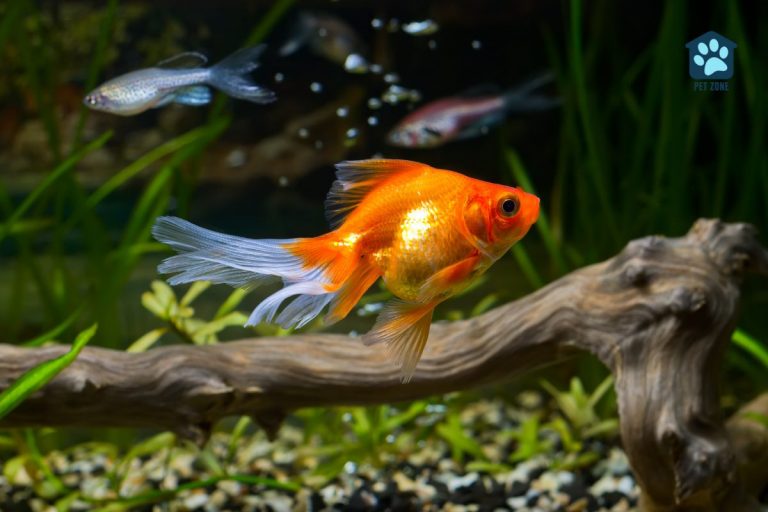



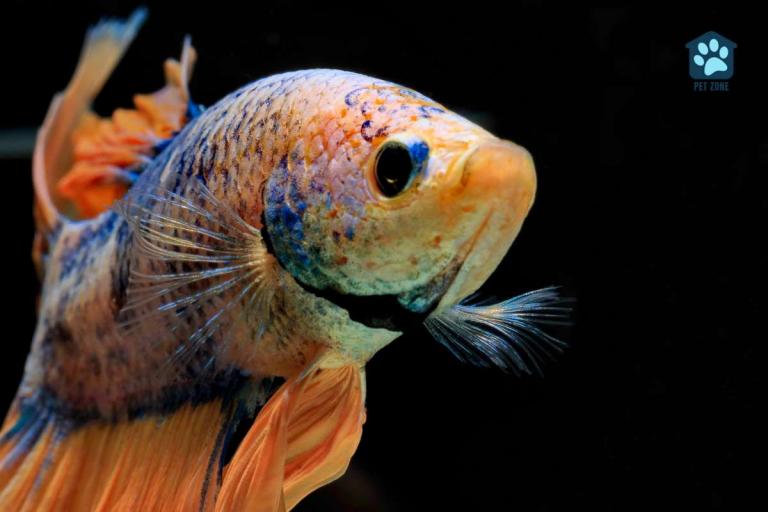

This was so interesting! Thanks, now I need to go have a look at my fish!
Such a helpful article. My kids have some guppies and I just made up whether they were male or female – now I can tell! Thanks.
I spent hours trying to figure this out when I first brought home my guppies. And I still wasn’t sure, lol. This is helpful!